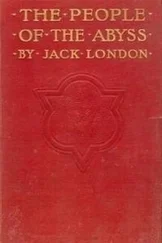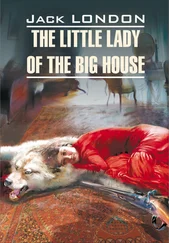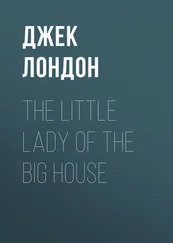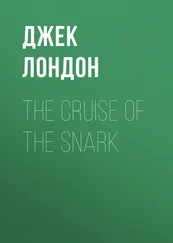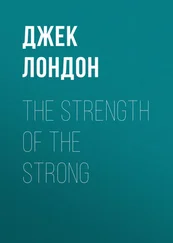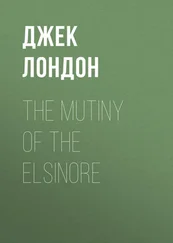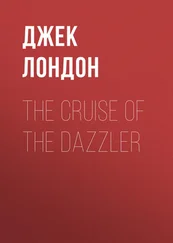Witold avoided public gatherings and sought recruits who shared his natural reserve and reticence. He grasped a fundamental truth of resistance work. Nationality, language, culture were important bonds in any group, but ultimately his network relied on a more basic quality: trust. The act of recruitment meant placing his life in the hands of his recruits, and vice versa. At times, those whom Witold selected appeared surprised by his confidence in them. 16
“Why do you trust me?” asked one man. 17
“Dear boy, you have to trust people,” Witold answered. 18
He was not always successful in judging temperament and constantly worried that an overeager member of his team would expose them. That winter, Tajna Armia Polska compiled a handbook of advice for new recruits that warned how “people had gone mad with resistance activity and were getting caught far too easily . . . If we want to have our revenge on the Germans, we have to survive long enough to get it.” 19
Witold did his best to nurture his young army, which by December numbered nearly a hundred, mostly young men. “He was very sensitive,” recalled Eleonora. “Other people’s troubles had an effect on him.” One soldier he recruited joked appreciatively that he was the group’s very own “Nanny.” 20
Witold knew there was little his group could do to directly oppose the occupation, but he recognized they could serve as an effective intelligence-gathering operation. Tajna Armia Polska’s intelligence chief, Jerzy Skoczyński, had contacts among the Polish police. The Germans had retained the force to perform basic law-and-order duties, but were frequently informed of major operations in advance. 21
Witold and his colleagues were able to use their tips to warn German targets. But they struggled to comprehend the disorienting pace with which the Nazis were carrying out their plans. That winter the SS began mass deportations of Poles from the recently annexed provinces of western Poland as the weather touched negative Fahrenheit. Cattle trucks stuffed with half-frozen families arrived daily at the main train station in Warsaw, and when the doors were peeled back, stiff corpses toppled to the ground like statues. The survivors had to sleep in the ruins or else pack into the already crowded homes of friends and families. By January 1940, more than 150,000 Poles—Catholics and Jews alike—had been deported to make way for German settlers, and there were plans to expel hundreds of thousands more. 22
The Germans made no preparations for the influx of refugees to the city. Governor Frank announced countrywide food rationing: around six hundred calories a day for so-called Aryan Poles and five hundred calories a day for Jewish ones, barely a third of what was needed to survive (Germans in Poland were entitled to 2,600). Ration cards were issued that could be used only at designated stores, and there were few items available: bread that was mixed with sawdust “flour,” marmalade made from beets, bitter acorn coffee, and potatoes, the one constant in everyone’s diet. The black market met some of the shortfall, but many went hungry. Crowds of malnourished refugees appeared on street corners to beg. 23
The city’s cramped, dirty conditions soon led to an outbreak of typhus. Few diseases terrified Germans more. The liceborne fever had ravaged the eastern front during World War I and killed around three million people. Nazi officials considered Jews to be prone to infection and accelerated their plans to restrict them to a sealed ghetto in Warsaw to help contain the disease. 24
Frank was aware that the brutality of his policies was stirring resistance and vowed to swiftly stamp it out. That spring saw a marked escalation in the execution of the Nazis’ real or imagined enemies. Several underground groups were broken up and murdered en masse in the Palmiry woods north of Warsaw, along with lawyers, dentists, even the country’s top chess player. Yet such reprisals did little to quell the resistance and actually served to winnow out careless outfits and encourage the growth of more competent groups. The dominant force to emerge from these arrests was the Związek Walki Zbrojnej, or the Union for Armed Struggle, which had gained the backing of a Polish exile government established in France the previous fall. Although some in Tajna Armia Polska saw the Union as rivals, Witold thought they would need to join forces, in some capacity, to oust the Nazis when the time came for an uprising. 25
In the meantime, the intelligence chief Jerzy was keen to crack down on Poles who had started to collaborate with the occupiers, mostly drawn from the country’s million-strong ethnic German community. The Nazis relied on such informers to enforce the racial order. Despite the claims of Nazi scientists that they could distinguish anatomically between races, the truth was most Germans struggled to tell Poland’s ethnic groups apart and needed informants to reveal the complex fabric of Polish society. Informants took full advantage of their power to exact petty revenge. “In every community there are people who had no scruples about ridding themselves of trouble or denouncing an unwanted husband, wife or mistress,” observed one underground member. Whatever their motivation, snitches posed a real threat to the underground and had to be eliminated. 26
The informants often congregated at a basement nightclub located off Nowy Świat Street named Café Bodega. The premises were owned by the Polish wife of the Italian ambassador, which gave the location protection for its singular attraction: jazz. Hitler’s distaste for “Negermusik” was well known, but it wasn’t officially banned, and the Gestapo tolerated Bodega because they found its dark, noisy auditorium the perfect place to meet informers at the bar or at one of the reserved tables beside the bandstand. 27
Jerzy set up a small observation post above a printshop opposite the club’s entrance, from which he took note of attendees and snapped pictures of likely informers when the flickering streetlights permitted. He had also started working with the staff to listen in on conversations, and occasionally sent in men to pose as informants to denounce actual collaborators to the Gestapo for some made-up crime. It was a common enough sight at Bodega to see a phalanx of Gestapo men dragging away some protesting snitch. George Scott, the bandleader and drummer, whose African American father had met his Polish mother working in a circus, never stopped his medley of beats. 28
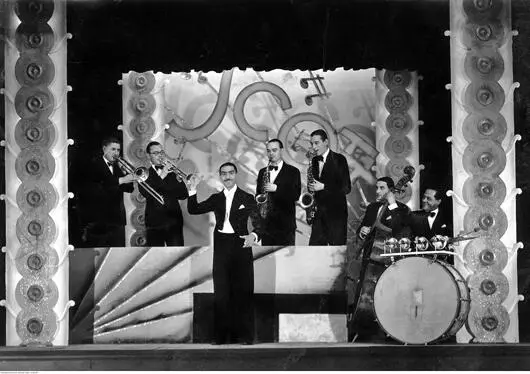
George Scott with his band, c. 1941.
Courtesy of Narodowe Archiwum Cyfrowe.
***
That spring, Witold finally received word that Maria and the children had arrived at her mother’s farmhouse in Ostrów Mazowiecka. He hurried to them, taking a rickety bus line that the Germans rarely inspected. Maria’s account of their flight and the conditions in the Soviet-occupied east was harrowing.
The Soviet secret police were deporting Poles to the gulags of Siberia or for resettlement in central Asia. Maria had been tipped off before Christmas that they were soon to be arrested and only had time to pack up some clothes and escape in a cart, leaving behind the family dog, Nero. For most of the winter, they’d hidden with family friends in Krupa. When the cold had eased, they took the train to the new border between the Soviet Union and the Reich in the hope of reaching her mother’s home. They were stopped by the Russian police in the small town of Wołkowysk, twenty miles from the frontier, where Maria was led off for interrogation in an underground bunker near the train station while the children had to wait overnight in the town hall nearby. When she was finally released the following morning, minus her money and wedding ring, eight-year-old Andrzej was catatonic with fear and cold. 29
Читать дальше


